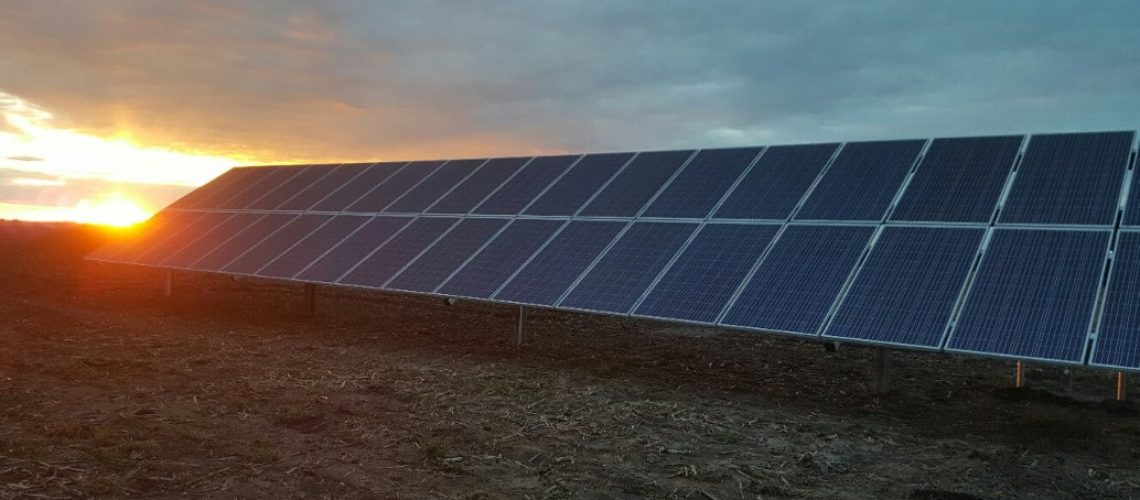A new solar project will connect Illinois customers to clean energy and bill savings. The utility said its program will expand to over 80 community solar projects by year’s end.
Customers of Illinois utility ComEd will have an option to get access to local solar energy, as the community Gar Creek solar project has been launched. The project, located across two solar arrays in a low-income community, will serve up to 600 customers.
ComEd said customers could see savings of about $1,000 annually on their electric bill for enrolling. Applications will be accepted to the program, called Give-A-Ray, through April 15th. Gar Creek is open to any customer located in ComEd’s northern Illinois region.
Gar Creek is a 3.5MW community solar project. Community solar differs from utility-scale in that it is characterized by smaller projects that are on the distribution-level. Utility-scale projects are larger, centralized sources of power that require robust (and costly) high-voltage transmission infrastructure. Community solar projects also typically entail a subscription process like Give-A-Ray, in which customers voluntarily sign on to purchase credits that represent the solar facility’s generation. This project was developed by local Illinois developers Fosler Solar and Trajectory Energy.
“At ComEd, we are committed to making the transition to clean energy as inclusive as possible, and the Gar Creek project will help us achieve that goal,” said Scott Vogt, vice president of energy acquisition at ComEd. “Our partners at Fosler Solar and Trajectory Energy share our vision, and we are excited to work with them to provide qualified customers anywhere in our region with access to solar energy regardless of their income level.”
Gar Creek’s subscription service was enabled by Illinois Solar for All, a state incentive program. Give-A-Ray is the first program of its kind in the state, launched last year in direct response to the funding made available.
ComEd said for the third year running, it has received over 10,000 applications from residential, commercial, and industrial customers to interconnect distributed resources like solar to its grid.
Five million community solar households
The US Department of Energy (DOE) recently set goals to extend the benefits of community solar to five million households by 2025. This would represent a 700% growth in the next four years. DOE also targets $1 billion in energy bill savings for those five million American households.
While the community solar industry experienced a record-breaking year of growth in 2020, to continue that trajectory the expansion barriers must be removed, and incentives offered. At the Community Solar Power Forum held Boston at the end of February, five key takeaways highlight the challenges for the industry:
- More work remains in order to make community solar more equitable
- Policymakers, utilities, and regulators must establish goals and incentives that lead to better interconnection outcomes
- States must pass their own community solar bills
- Existing community solar markets need to evolve credit rate structures, streamline interconnection, and ensure a long-term path for continued program capacity
- New potential growth markets need to get utilities on board and create a sense of urgency
Nearly three-quarters of the US market for community solar is concentrated in four states: Florida, Massachusetts, Minnesota, and New York. Currently, 22 states and Washington, D.C. have state policies that support community solar deployment.
“Community solar needs state-level polices in order to thrive,” said Rachel Goldstein, an analyst with Wood Mackenzie. New Mexico and Delaware both passed legislation in 2021 for new or improved community solar programs. Michigan, Ohio, Pennsylvania, and Wisconsin all have proposed bills working their way through state legislatures.



